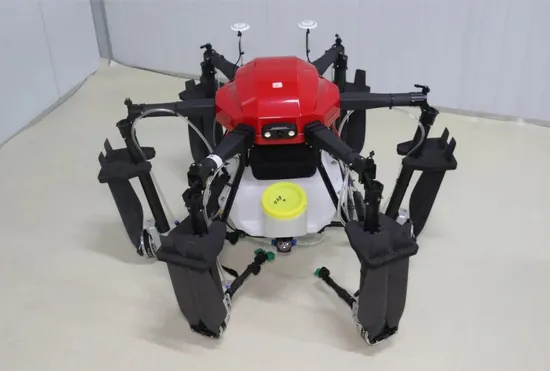
Reviving Afghan Agriculture: How Chinese Agricultural Drones Deliver Hope and Innovation
Afghanistan, a nation where agriculture employs over 70% of its workforce and contributes 25% to GDP, holds immense potential as a breadbasket for South Asia. From the fertile valleys of Helmand (renowned for wheat and opium poppies) to the fruit orchards of Kandahar and the nut groves of Badakhshan, Afghan farmers have long tilled the land despite decades of conflict and instability. Yet, today’s challenges are stark: recurring droughts (affecting 40% of arable land), fragmented mountainous terrain, a shrinking rural labor force, and reliance on outdated techniques that waste resources. To rebuild and thrive, Afghanistan needs tools that blend resilience with efficiency—and agricultural drones, sourced from China’s specialized manufacturers, offer a transformative solution to sow the seeds of modernization.
Afghanistan’s Agricultural Puzzle: Why Drones Matter Now
Afghanistan’s farming sector, rooted in tradition, faces three existential hurdles:
-
Harsh geography and climate: Over 60% of farmland lies in rugged, mountainous regions, while droughts (exacerbated by climate change) have cut water availability by 30% since 2000. Wheat farmers in Balkh and fruit growers in Nangarhar struggle to irrigate evenly or protect crops from pests amid erratic weather.
-
Labor shortages: Decades of conflict have driven youth migration, leaving older farmers (average age: 55) to manage fields alone. Tasks like pesticide spraying or seed distribution, once done collectively, now lag during critical seasons—threatening yields.
-
Resource inefficiency: Manual methods waste up to 50% of water and pesticides, draining household incomes and polluting rivers like the Kabul. Smallholders, who make up 85% of farmers, lack the capital for expensive machinery, trapping them in cycles of low productivity.
Afghanistan’s National Agricultural Development Framework 2022–2030 aims to boost yields by 40% and cut water use by 25%. Agricultural drones, with their ability to automate, precision-target, and operate in tough conditions, align perfectly with this vision—offering a lifeline to rebuild food security and rural livelihoods.
Chinese Agricultural Drones: Built for Afghanistan’s Realities
China’s leadership in drone technology—forged through decades of aerospace R&D, mountainous terrain adaptation, and agritech innovation—makes its manufacturers uniquely equipped to serve Afghanistan. Here’s how Chinese drones are tailored to local needs:
1. Rugged Design for Mountains, Dust, and Drought
Afghanistan’s extreme geography demands unbreakable tools. Chinese factories design drones with:
-
All-terrain navigation: Multi-rotor drones with terrain-following algorithms and obstacle-avoidance sensors glide over rocky slopes, narrow vineyards, and dry riverbeds—critical for reaching remote fields in Nuristan or Kunar.
-
Dust and heat resistance: IP68-rated motors, sealed sensor housings, and high-temperature circuitry (tested up to 55°C) withstand frequent sandstorms and summer heat, ensuring reliability in Herat or Khost.
-
Lightweight portability: Foldable models (under 12kg) are easy to carry on donkeys or motorcycles to villages with no roads, making them accessible to even the most isolated farmers.
2. Precision Technology for Scarcity and Survival
Water and labor are precious; drones maximize their use:
-
Micro-spraying systems: Atomized nozzles reduce water use by 60–70% compared to manual methods. For wheat farms in Balkh, this cuts irrigation needs by 1,500 liters per hectare—critical amid declining groundwater levels.
-
Variable-rate inputs: Multispectral cameras analyze soil moisture and crop health, adjusting pesticide or fertilizer application to target only stressed plants. In Kandahar’s pomegranate groves, this reduces chemical use by 40% while boosting fruit quality for export.
-
Real-time monitoring: Drones capture high-res imagery to spot early signs of drought stress or locust swarms, enabling farmers to act before crops fail—vital for protecting Afghanistan’s iconic fruits and nuts.
3. Affordability and Local Empowerment
Recognizing Afghanistan’s smallholder economy, Chinese manufacturers offer accessible solutions:
-
Budget-friendly models: Entry-level drones (under $10,000) fit the budgets of family farms, democratizing access to tech once reserved for larger agribusinesses.
-
Modular training: Farmers learn to operate drones via simplified apps (available in Dari and Pashto) and hands-on workshops, ensuring quick adoption even for those with limited tech experience.
Beyond Hardware: A Partnership for Resilience
Sourcing from China is about more than tools—it’s about building local capacity. Leading manufacturers provide:
-
On-the-ground training: Local experts train pilots to operate drones, perform basic repairs, and interpret data. In partnerships with Afghanistan’s Ministry of Agriculture, this has cut operational errors by 50% and empowered women farmers in Balkh to manage their own plots.
-
Rapid support: Regional partners in Kabul and Mazar-i-Sharif stock spare parts, ensuring replacements arrive within 48 hours—critical during planting or harvest seasons when delays risk starvation.
-
Cultural alignment: Drones are designed with Afghan farming practices in mind, such as adjusting spray patterns to avoid damaging date palm fronds or grapevines.
Mutual Wins: Cultivating Afghanistan’s Future
For Afghanistan, adopting Chinese agricultural drones unlocks:
-
Food security: Higher yields (trials show 18–25% increases) mean more wheat, fruits, and nuts for local consumption, reducing reliance on aid.
-
Economic growth: Lower input costs and better crop quality boost smallholder incomes, slowing rural-to-urban migration and reviving villages.
-
Climate resilience: Precision resource use preserves water and soil, helping farmers adapt to longer droughts and erratic rains.
For Chinese manufacturers, Afghanistan offers a chance to refine drones for high-altitude, conflict-affected environments—innovations that will strengthen global supply chains for tough conditions.
Soaring Together: Afghanistan’s Agricultural Rebirth
Afghanistan’s farmers have endured decades of hardship; now, drones offer a path to prosperity. By sourcing from China’s specialized factories, the nation gains more than technology—it gains partners committed to rebuilding. These drones are not just machines; they are symbols of hope, enabling farmers to work smarter, conserve resources, and reclaim their legacy as stewards of a fertile land.
As Afghanistan strives to rise above its challenges, Chinese agricultural drones are ready to take flight—turning barren fields into bountiful harvests, and past struggles into a future of abundance.
Let’s cultivate Afghanistan’s tomorrow, one precise mission at a time.
THE END

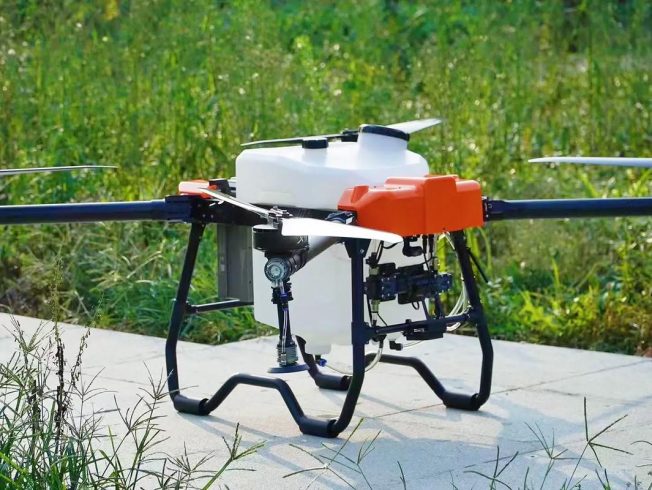
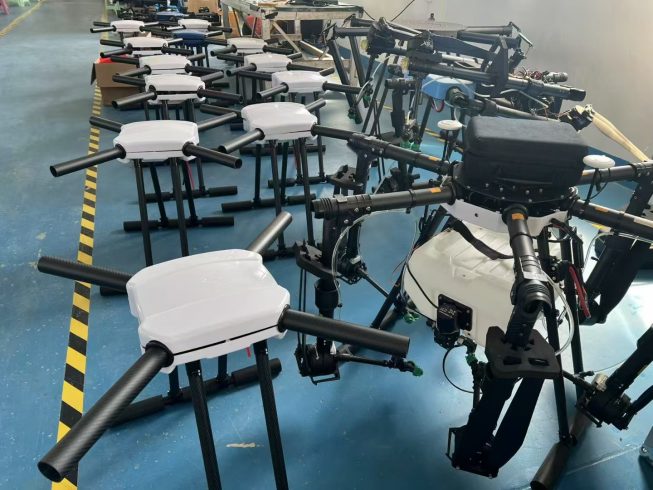
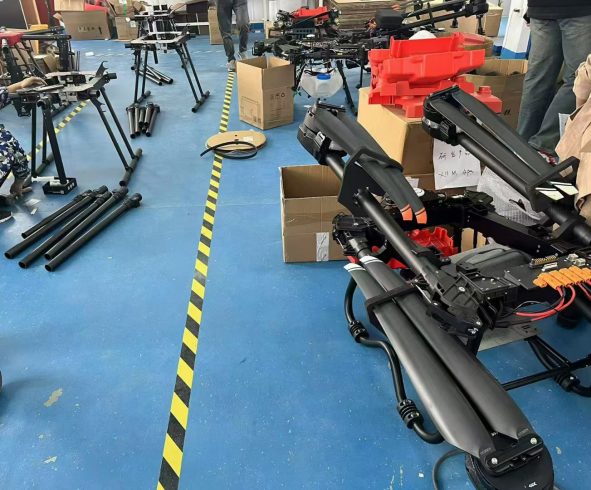
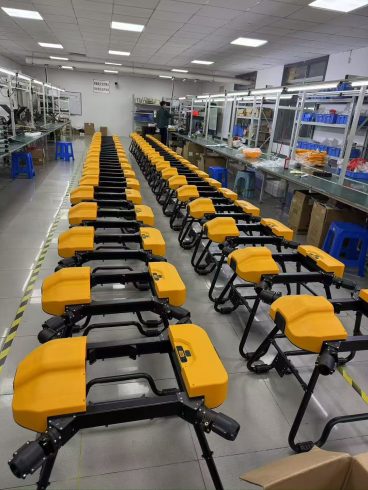



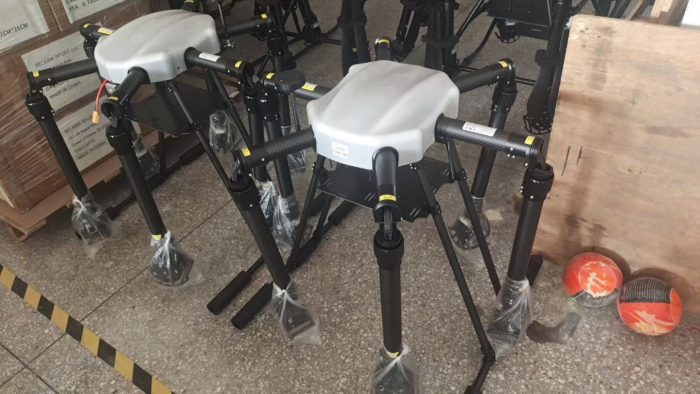
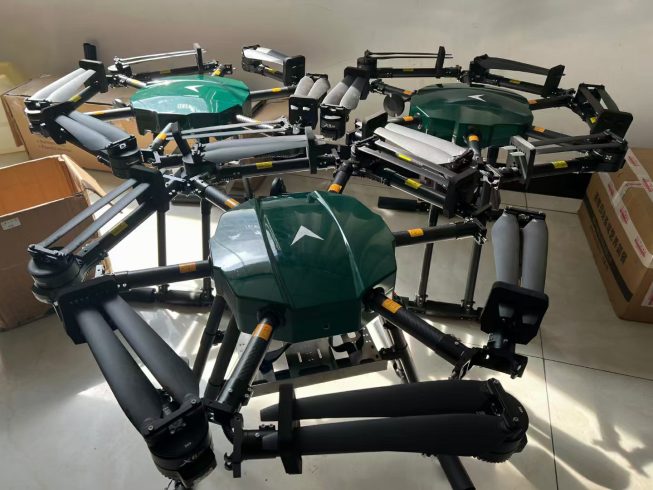
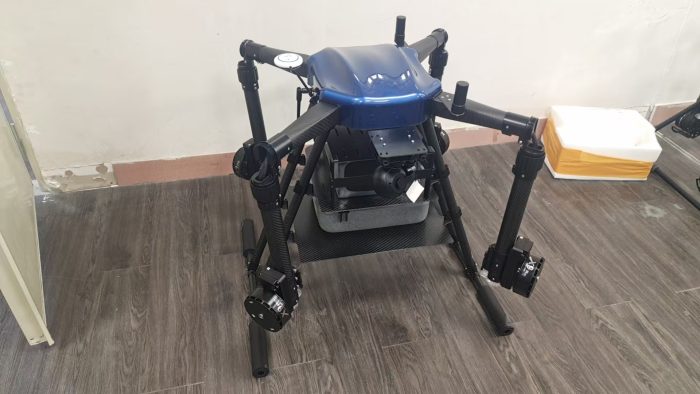

暂无评论内容